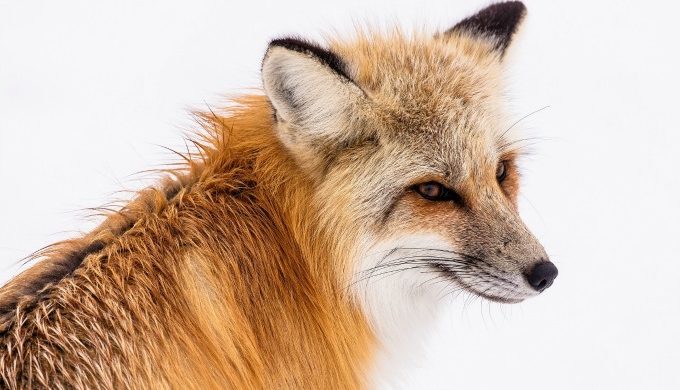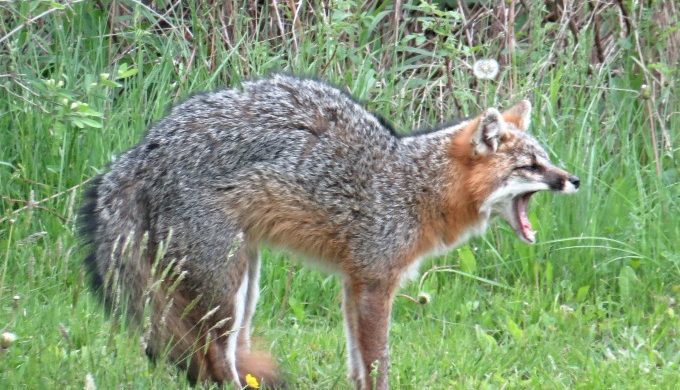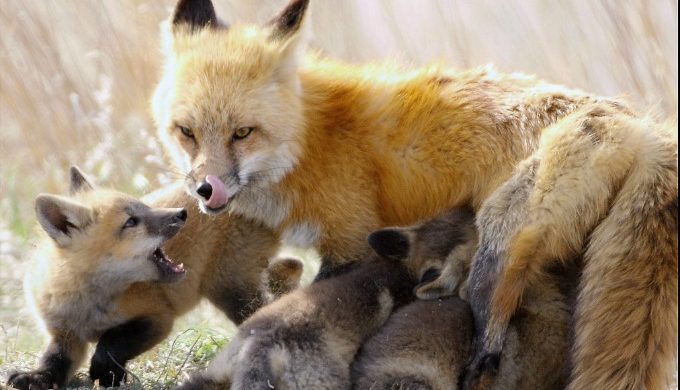If you’ve spent any time in Texas, then you might have spotted a fox. Texas is home to two main species of fox. They are often confused with and mistaken for each other, but despite some similarities in appearance, they have very different histories.
The common gray fox (Urocyon cinereoargenteus) is native to Texas and is our most common resident. The gray fox is named for its gray, salt-and-pepper coat. It has a white throat, cheeks and underbelly, reddish brown legs and a distinctive black-tipped tail. The red fox is primarily rusty red with a white underbelly, black ear tips and legs, and has a bushy tail with an unmistakable white tip. Both foxes weigh 7 to 11 pounds as adults. Gray foxes prefer drier, brushy, rocky habitat while red foxes prefer more heavily wooded habitats, as well as riparian zones and even urban areas.
Here are five fascinating facts about the red and gray foxes:
1. The Non-Native Red Fox Descended from About 40 Foxes
Photo: Pixabay/Skeeze
According to Texas Parks and Wildlife, the entire red fox population of Central Texas probably descended from forty foxes released between 1890 and 1895 near Waco, who were imported to provide sport and training for fox-hounds. Offspring from these, plus an additional sixty imports, soon spread into the surrounding counties. Releases in other parts of the state further increased the red fox’s range. Now it can be found in the eastern, north-central, and Trans-Pecos areas of the state. Highest populations occur in north-central Texas.
2. The Most Cat-Like Members of the Dog Family
Photo: Flickr/Dennis Murphy
The fox is a member of the dog family (canid), but it still displays quite a few catlike (feline) characteristics. The young hiss and spit like kittens and adults can make short mewing cries and high-pitched screams. The fox also can assume the cat’s threat posture, standing with back arched and fur erect.
Photo: Flickr/cyclewidow
Both gray and red foxes are opportunistic feeders. This means they will eat whatever is available. Eggs, carrion, berries, and garbage are eaten as readily as live prey.
4. Doting Mothers and Protective Fathers
Photo: Flickr/Pat Gaines
The mother fox must stay in the den with her pups for up to a month after giving birth. Since she must remain with them for the first few weeks, the male brings food to her and stands guard over the den. If danger approaches, he warns the family with a bark and then tries to lure the intruder away
5. Kicked Out of the Den at Adulthood
Photo: Flickr/Bettina Arrigoni
In the fall the fox families separate, and the adult-size young must find a place to live. This can be a very difficult experience since other foxes will not allow the young intruders into their territories. During their search, the young may fall victim to predators, automobiles, or humans. Only the resourceful ones survive to take their place in our state’s complex wildlife community.








